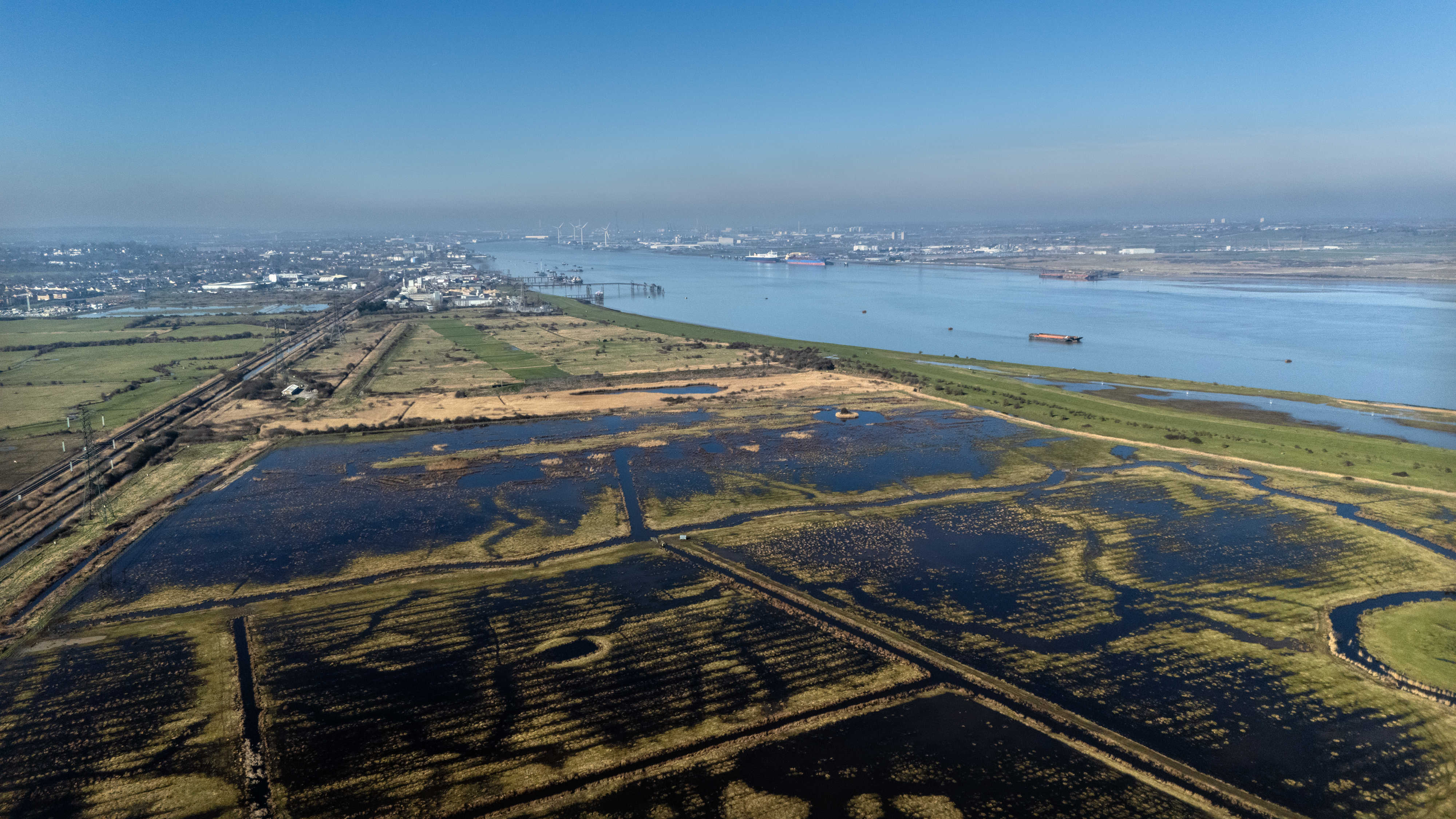The idea of a ‘Lower Thames Crossing’ was first mentioned in Parliament 36 years ago. Fourteen years ago, the government made building it a ‘national priority’. Yet the Lower Thames Crossing only received planning permission today. The time it has had to take to get to this point reveals a lot about how Britain’s planning system is broken and is making us poorer.
There’s only one way to cross the Thames east of London today – through the Dartford Crossing. Unsurprisingly, it is one of the most congested roads in Britain. It is designed to handle 135,000 vehicles a day, but it currently averages around 160,000 and the busiest days see more than 200,000 vehicles drive (slowly) over it.
That is why a second crossing is so necessary. Lorry drivers hope it will take the strain off Dartford and reduce congestion for the tens of millions of HGVs that currently travel from the Channel. By speeding up journeys and making them more reliable, the new crossing is expected to boost Britain’s economy by £40 billion. Businesses in both Kent and Essex are keen to get the new link built. Local people, tired of being stuck in traffic, are also supportive of the new crossing, with more than 80 per cent of nearby residents in favour of construction.
So why has it taken so long just to get planning permission for this project? The reason is that colossal amounts of time and money have been spent building a mountain of paperwork. All told, National Highways has been forced to produce 359,866 pages to get approval from the crossing. Laid end to end, this paper trail would stretch 66 miles, almost five times longer than the road itself. There’s 1,800 pages on newts, 774 pages on bats, 5,800 pages on archaeology, and a long running debate National Highways had with a Cambridge college about nitrogen deposition.
All of this paperwork doesn’t come cheap. National Highways has spent £300 million on the planning application alone. For the equivalent amount, Norway built the world’s longest road tunnel, the Lærdal tunnel, and also the Eiksund Tunnel, the deepest undersea road tunnel at the time. While Norway builds, British taxpayers are stuck funding one arm of the government to convince another arm to give it planning permission.
We are a democracy so it’s reasonable to ask the public’s views on a major infrastructure project. But we haven’t just asked them once about the Lower Thames Crossing: we’ve asked them 11 times. National Highways even had to pay £4 million to Thurrock Council to help it participate in the planning process after the council went bankrupt over its dodgy solar panel business investments. Thurrock Council used the money from National Highways to lodge objection after objection against the crossing. Effectively, our crazy system made National Highways pay a council to oppose National Highway’s plans.
In the time it has taken for the Lower Thames Crossing to get planning permission, the cost of completing the project has risen from just over £4 billion to upwards of £10 billion.
None of which means the Crossing will still be built. Nimbys and eco-zealots now have the chance to challenge the planning approval decision in court. Even failed legal challenges can delay a road project by over a year, and add £120 million to the cost of building.
Normally, when you lose a legal dispute you started, you have to pay the other side’s costs. Not in this case. Because we signed up to an international treaty on environmental justice costs are capped at £10,000. In the age of crowdfunding, this means there are endless legal challenges against infrastructure projects. Part of the reason planning applications take so long now – and involve so many consultations – is to prepare for these inevitable legal challenges.
This is why the mad saga of the Lower Thames Crossing matters. Our failure to build ultimately damages public trust. When politicians promise to build something that will make your life better, they need to deliver. There’s been 36 years of dithering. No wonder the public is sceptical that anything can be built in Britain.








Comments